We all wish for peace in Ukraine, but we shouldn’t get our hopes up.
Others are reading now
We all wish for peace in Ukraine, but we shouldn’t get our hopes up.
The global peacemaker
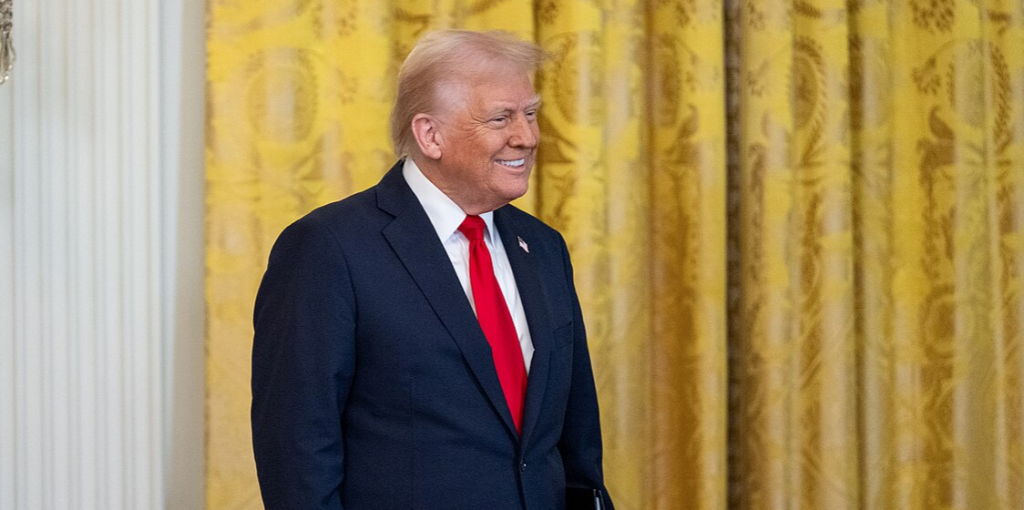
Donald Trump’s role in brokering a ceasefire in Gaza has reignited his image as a global dealmaker.
During his high-profile visit to Jerusalem, Israeli and Arab leaders praised him as the “peace president.”
This moment fed into a broader narrative: if one war can be ended through diplomacy, why not others?
Zelensky’s jab
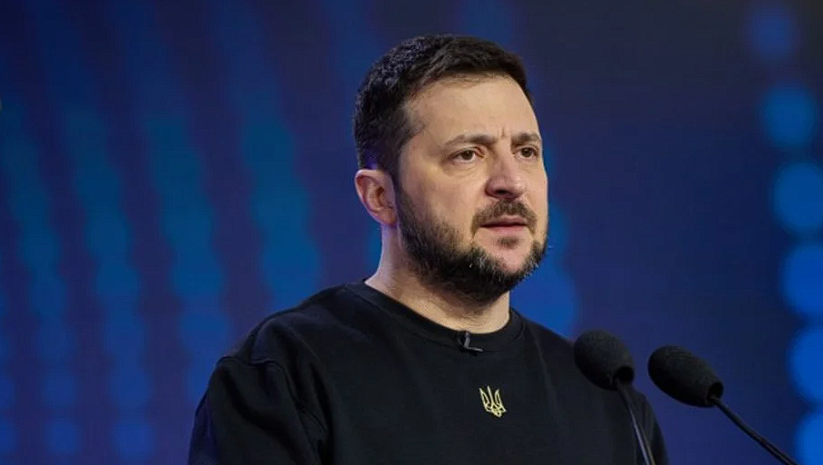
Ukrainian President Volodymyr Zelensky echoed that sentiment, writing:
Also read
“If a war can be stopped in one region, then surely other wars can be stopped.”
But it’s not that simple
Why Gaza was different
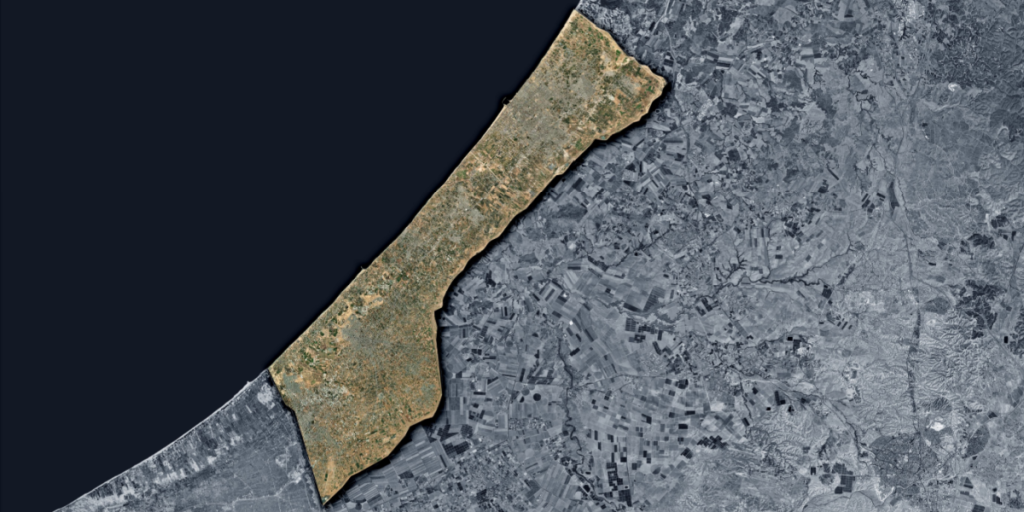
Digi24 points out in an analysis, that the Gaza conflict, though brutal, was localized—a war within a narrow strip of land. It was a small, contained crisis where outside powers had real leverage.
Exhaustion on both sides and mounting international pressure made a ceasefire achievable. Trump had willing regional partners and actors who needed Washington’s goodwill.
It was a war that could be cornered—and coerced into a deal.
Also read
Trump’s diplomatic inner circle

Behind the scenes, Trump’s inner circle played a decisive role. His son-in-law Jared Kushner and long-time associate Steve Witkoff (picture) led the backchannel diplomacy, working around the clock to lock down terms.
Their influence on Netanyahu was so strong that Israel’s prime minister was even compelled to apologise to Qatar following an Israeli strike on Doha.
The White House dictated timing and tone, underscoring how coordinated and forceful the effort was.
How Gaza players were turned
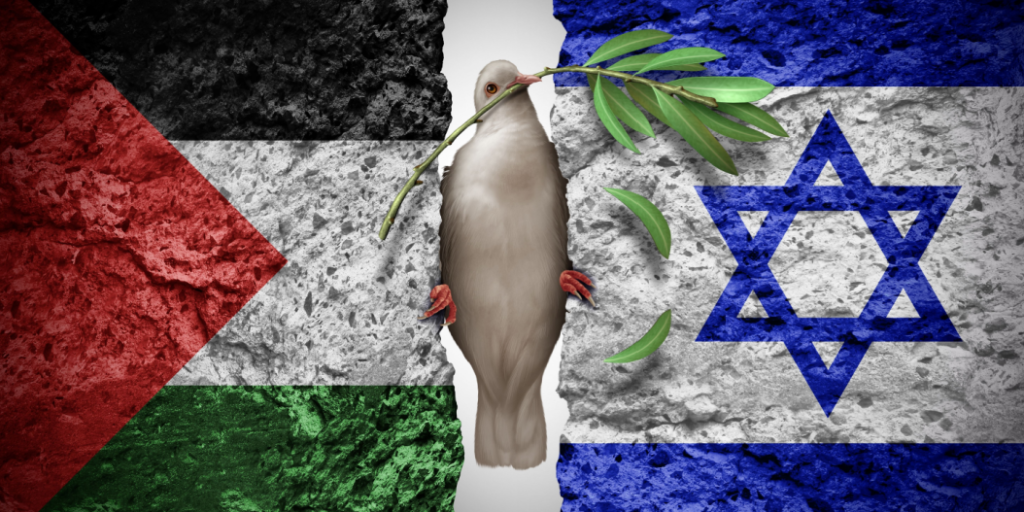
Hamas had few options left. Besieged, losing legitimacy, and under immense pressure, it found itself politically cornered.
Egypt, Qatar, and Turkey—countries that had long backed Hamas diplomatically or financially—flipped. Egypt feared border instability, Qatar was furious at being dragged into war, and Turkey wanted to assert its regional clout.
Also read
All three gave Hamas an ultimatum: accept Trump’s deal or lose vital support. Peace, in this case, wasn’t negotiated—it was imposed.
Ukraine is a full-scale state war
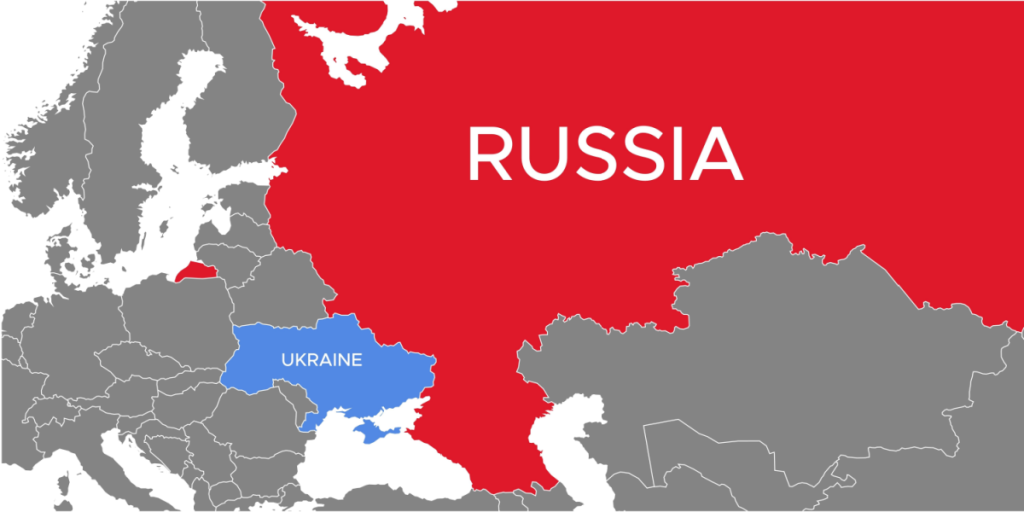
The war in Ukraine exists on a far broader and more entrenched scale. It’s a conventional, multi-front war between two sovereign states with their own economies, weapons industries, and political systems.
Front lines stretch more than 1,000 kilometers. Battles rage in the east and south, and drone and missile strikes hit cities deep inside Ukraine.
This is not a war that outside powers can control with phone calls and pressure alone.
Why Russia can’t be isolated like Hamas
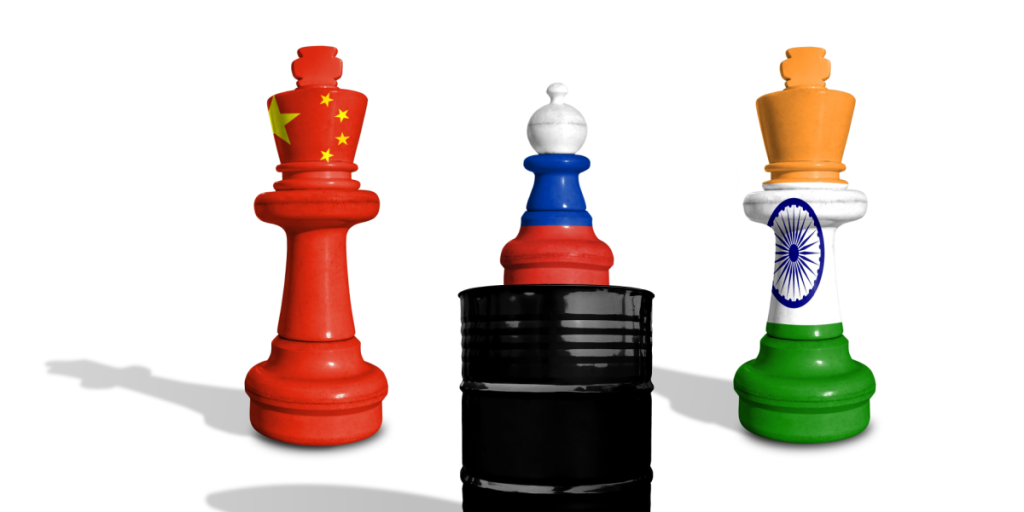
Unlike Hamas, Russia is not dependent on foreign aid or regional alliances. It holds vast territory, manufactures most of its own weapons, and earns billions from oil exports to major powers like China and India. Sanctions have dented—but not disabled—its economy.
Also read
Russia also receives ammunition from North Korea and sustains trade through Central Asian intermediaries.
“We’ve already imposed such severe sanctions on them that we don’t have many weapons left,” said Ben Friedman of Defense Priorities.
Kremlin shrugs at Trump’s missile warning
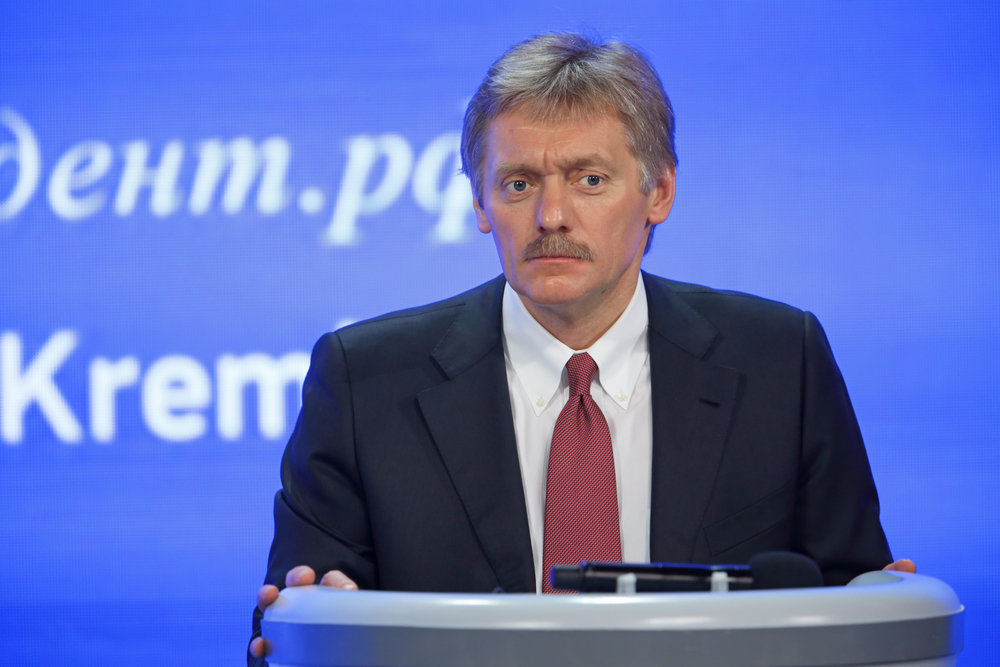
Trump recently suggested he might send Tomahawk cruise missiles to Ukraine to pressure Russia.
The Kremlin wasn’t rattled. Spokesman Dmitry Peskov warned it would cross a red line, but made no sign of backing down.
Unlike Israel, Russia doesn’t rely on U.S. aid or protection. It has alternative trade routes, arms suppliers, and enough strategic depth to continue fighting for the long haul.
Also read
Tomahawks as a message, not a military plan
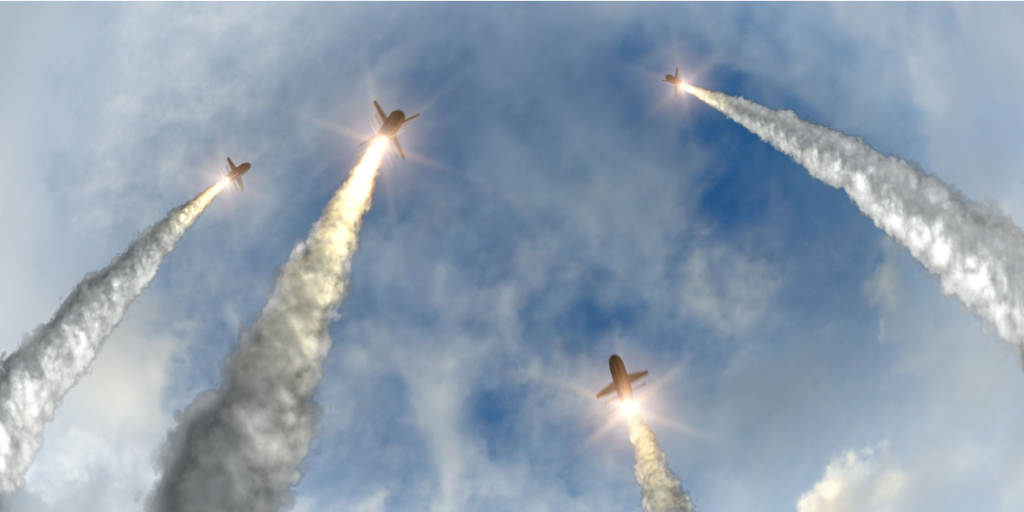
Zelensky framed the potential delivery of Tomahawk missiles as a psychological tool rather than a battlefield solution. “We need them, but that does not mean we will use them,” he said.
These precision weapons could strike deep into Russian territory—but Ukraine lacks the platforms to launch them, and U.S. stockpiles are limited.
The idea was more about signalling American resolve than shifting military momentum.
Experts split on the missile’s impact
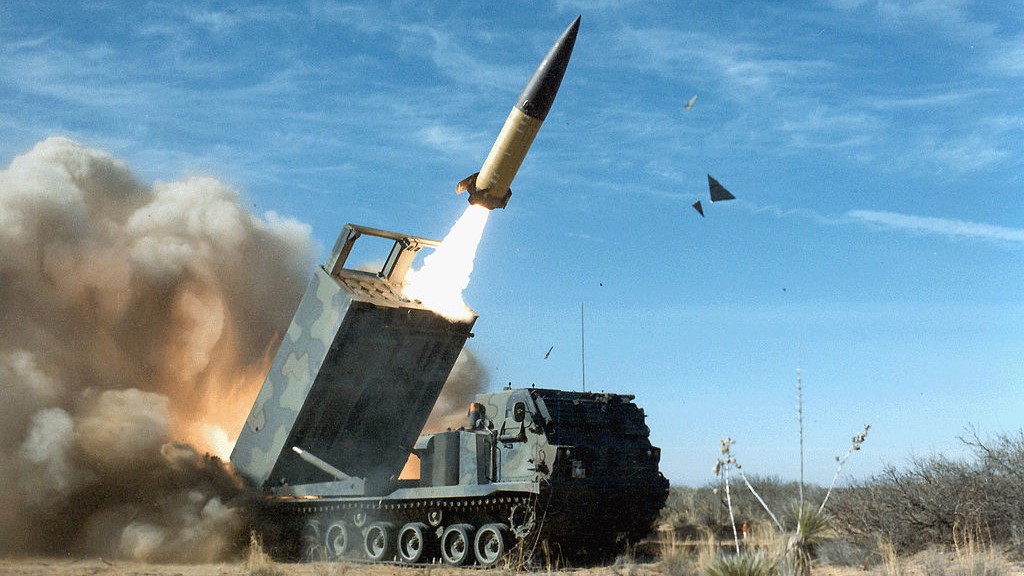
Some experts say Tomahawks could signal serious commitment and potentially shake Russian confidence. But many are skeptical.
Dr. Marina Miron of King’s College London noted that Russia has already absorbed major Western weapon systems—including Storm Shadows and ATACMS—without fundamentally altering its war strategy.
Also read
Another missile system, no matter how sophisticated, is unlikely to be a game changer.
Follow the money
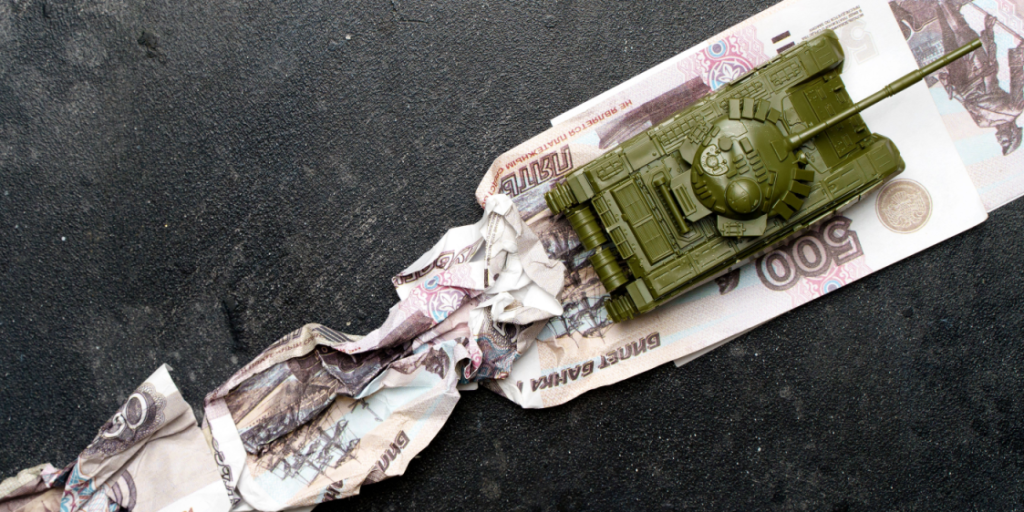
What could hurt Russia more than missiles? Money.
According to U.S. Ambassador to NATO Matthew Whitaker, “There are many more consequences for not making a peace deal that could be enforced.” These include tighter secondary sanctions, tariffs on metals and fertilizers, and stricter export controls.
Hitting Russia’s ability to fund its war machine could prove far more effective than sending another missile.
The hidden fleet funding Putin’s war

A major vulnerability is Russia’s phantom oil fleet—over 600 ageing tankers operated under flags of convenience, many based in Dubai or Hong Kong. These ships transport Russian oil to global markets, bypassing price caps and sanctions.
Also read
Denying them access to Western insurance, ports, and refueling would choke billions in monthly revenue.
Senator Lindsey Graham has called for “massive secondary tariffs” to cripple this shadow economy.
The Gaza model won’t stretch to Ukraine
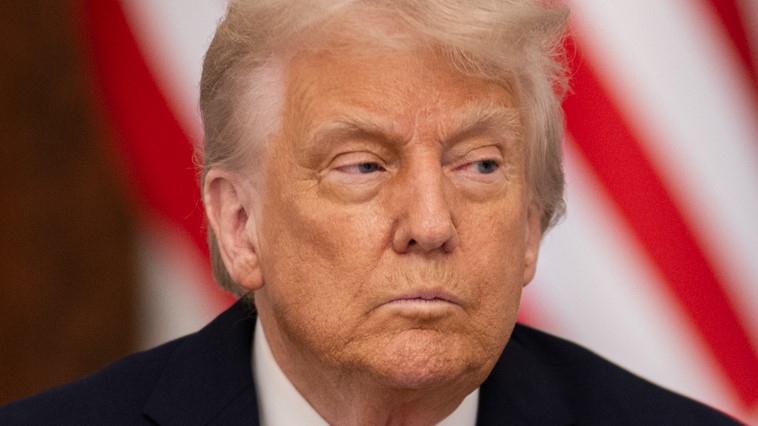
Trump’s success in Gaza was real—but not replicable. The Gaza Strip could fit inside Ukraine over 1,500 times. It was a local war, ended through regional pressure and direct American influence.
Ukraine is a continental battlefield with global implications, entrenched interests, and hardened actors.
Trump may want to be seen as the world’s peacemaker, but Ukraine is a far tougher proving ground.


